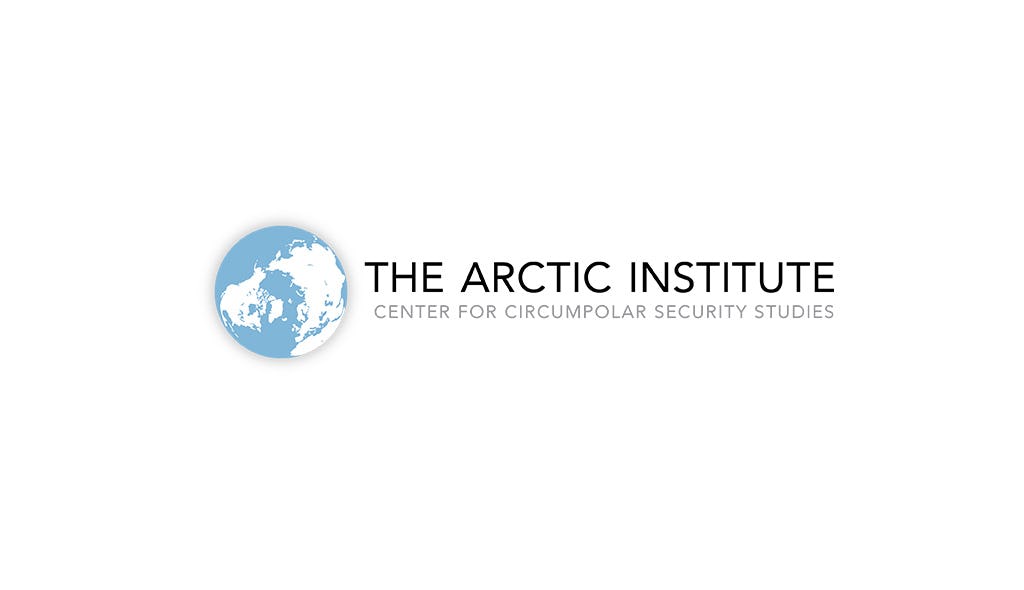The Arctic Institute Reacts to the new U.S. National Strategy for the Arctic

Contacts:
Nima Khorrami, Research Associate
nima.khorrami@thearcticinstitute.org
Dr. Lillian Hussong, Senior Fellow
lillian.hussong@thearcticinstitute.org
Washington, D.C., 17 October 2022. The Biden-Harris administration has released a National Strategy for the Arctic Region that focuses on four pillars over the next decade: security, the environment, sustainable economic development, and international governance. The new strategy supersedes the 2013 edition.
In response to the new strategy, The Arctic Institute’s Founder and Senior Fellow, Malte Humpert, stated “The new U.S. national strategy for the Arctic suggests that rising geopolitical tension resulting from the war in Ukraine will spell an end to Arctic exceptionalism. The region is likely to see less international cooperation and expanded military activity, by Russia, China, the US and its NATO allies, in the coming years.”
Senior Fellow Dr. Andreas Østhagen highlighted that “in looking at the security aspects, it is clear that the tone is sober and even worried. Russia is rightly highlighted as the main concern. Moreover, the policy makes a distinction between homeland defense in cooperation with Canada, and supporting allies in the European Arctic. The question is what this means in practice, i.e. how the various branches of the US government will follow up these priorities.”
Coming at the back of its recently announced decision to appoint an Arctic ambassador, White House’s newly released Arctic strategy represents a marked departure from the 2013 document in which geopolitical contests were mentioned in passing only. In contrast, the new strategy directly singles out China and Russia as two major competitors and potential challengers of the status quo in the Arctic in the coming years. By highlighting the expanded scope of Chinese and Russian investments in and plans for the Arctic, the document casts doubt over the true strategic intentions of Beijing and Moscow Arctic strategies and calls for increased vigilance amongst western allies. However, it is interesting to note that the document does not make any reference to a potential Chinese and Russian partnership in the Arctic.
Similar to the 2013 document, climate change is considered to be the main enabler of increased presence and interest in the Arctic but one can detect a change in what counts as valuable Arctic resources. Unlike the previous document in which oil and gas was mentioned alongside the region’s vast deposits of critical minerals, one can find no mention of oil and gas in the new document. However, the new strategy falls short of accounting for the strategic importance of the region as a future data hub both as a hot to an increased number of data centers and a transit point for undersea cables.
The looming prospect of a changing environment in the region, furthermore, is thought to create both opportunities and challenges. To benefit from the emerging opportunities and to effectively address the upcoming challenges, however, the United States’ priority now lies with increased cooperation with U.S. partners and allies at home and abroad. “The document tellingly prioritizes cooperation and dialogue with Alaska Natives,” said Senior Fellow Dr. Lillian Hussong. “This represents a significant shift from the 2013 national strategy, as well as many other federal Arctic documents, which often list Indigenous engagement as a last line of effort rather than a high-priority one.” How the US government intends to foster intra- and international cooperation is less certain, however, given that the document does not discuss the role of non-Arctic states in regional governance nor does it put forward any institutional alternative to the Arctic Council. With regard to the latter, finally, it seems that its utility as a venue for policy initiation and policy development can no longer be taken for granted given that the document rules out the prospect of engagement with Russia in the short to medium run. In other words, while the U.S. has pledged to continue to support the Arctic Council, it is safe to assume that the US government no longer views the Council as a preferred platform for the conduct of high table diplomacy.
The Arctic Institute’s mission is to help inform Arctic policy in the context of the climate crisis. We believe that Arctic decision-making must be based upon interdisciplinary, inclusive research that addresses the most pertinent issues facing the circumpolar region. That’s why our team leads research projects, supports scholarly publications, and organizes events that elevate diverse perspectives, including young scholars and those from communities that have been historically marginalized. The Arctic Institute is building the future of Arctic research through partnerships across the globe.”